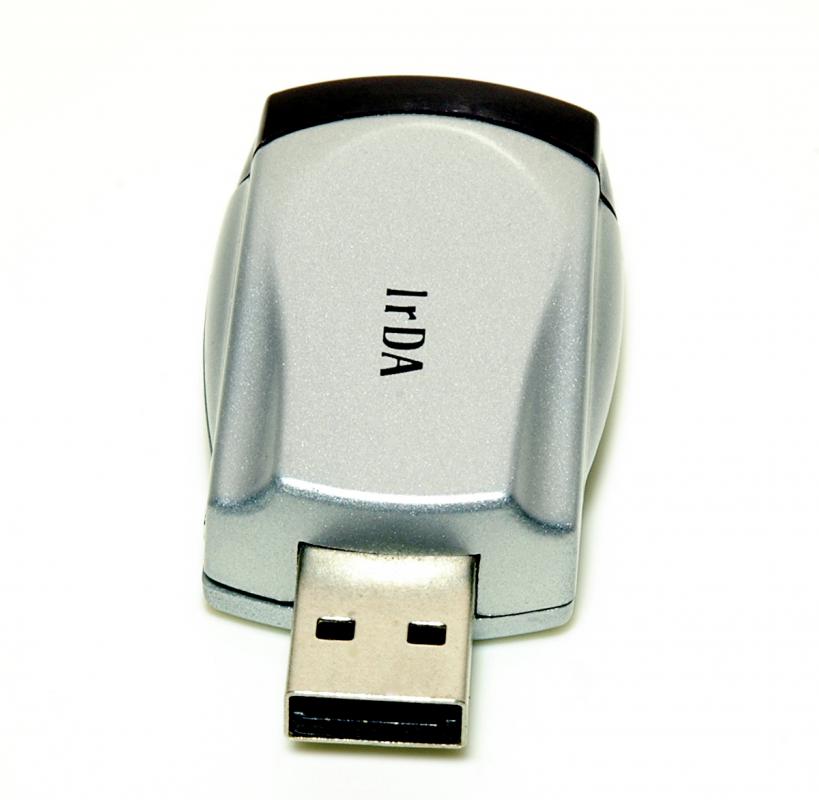At WiseGEEK, we're committed to delivering accurate, trustworthy information. Our expert-authored content is rigorously fact-checked and sourced from credible authorities. Discover how we uphold the highest standards in providing you with reliable knowledge.
What Is an Infrared Emitter?
An infrared emitter is usually an electrically-powered device that is used to emit light wavelengths in the infrared spectrum, which are invisible to the naked eye. Such emitters are used in a wide variety of consumer electronics such as remote controls in television sets and for sensors in security systems, and in other applications like saunas at health clubs or for industrial heating processes. The wide range of applications for an infrared emitter are due to the fact that the infrared spectrum of light is very broad, ranging from 1,000,000 nanometers in wavelength down to 750 nanometers, whereas the visible light spectrum for humans only spans a range from about 750 nanometers in wavelength down to 400 nanometers. Due to this wide range for infrared light, an infrared emitter is usually classified in a sub-category for the light such as far infrared near the microwave band or near infrared near the visible light spectrum range.
Infrared technology that is used in consumer electronics as of 2011 relies upon light-emitting diodes (LEDs) as the infrared emitter component. These emitters produce a red type of light invisible to the human eye with a wavelength of around 880 nanometers. The emitter itself can be producing light from two LED sources simultaneously and the receiver that picks up the light source is a component like a light sensitive diode or transistor. A modulator circuit is also built into the infrared emitter, which can turn it on and off at a rapid rate, allowing the emitter to transmit different types of signals to the receiving device. This modulation also enhances the reliability of the signal reaching the receiver where it can otherwise be interfered with by ambient light in the room, or be absorbed by dense materials like brick, wood, and concrete.

When an infrared signal is used in a sauna as a heat source, it can be set to transmit in either the far infrared or near infrared range. Far infrared emitters in saunas transmit more heat because of the higher energy of the wavelength used, which can be up to 15,000 nanometers in frequency. The light also doesn't propagate as far as near infrared, however, so these types of saunas must place their far infrared emitters at equally-spaced points throughout the room. Since the far infrared spectrum is also closer to the microwave range, this type of infrared emitter transmits energy similar to what cell phones and cordless phones do, and prolonged exposure to such radiation can be harmful. Near infrared emitter set-ups in saunas can be placed in one central location, are safer, and require less power to run, but tend to produce less heat as well.

Industrial processes that use infrared emitter technology will emit infrared light in a 2,000 to 4,000 nanometer range, which is the mid-range for the infrared spectrum. This range is considered the most ideal for efficiently generating heat, which is absorbed in infrared furnaces for a steady heat source by glass, water, or plastics like polyethylene or polyvinylchloride. The lower range can produce temperatures from 1,112° Fahrenheit (600° Celsius) or higher to work with ceramics and metals, and the higher range can produce temperatures as high as 5,432° Fahrenheit (3,000° Celsius).

Other uses for infrared emitter devices include in military and space applications for telecommunications and observation purposes, in the laboratory analysis of biological and mineral samples, and to forecast the weather. Infrared light itself is plentiful on Earth, as nearly half of the light emitted by the Sun is in the infrared range. The Earth also emits infrared light back into space, which is often thought of as a type of heat, though all light waves whether visible or invisible convey energy to matter when they impact with it or are emitted from it.
AS FEATURED ON:
AS FEATURED ON:













Discuss this Article
Post your comments